Increased Focus on Sexual Health
There is a growing emphasis on sexual health awareness, which significantly impacts the Herpes Simplex Virus (HSV) Testing Market. Public health campaigns and educational initiatives aimed at reducing the stigma associated with sexually transmitted infections (STIs) are encouraging individuals to seek testing. This shift in societal attitudes is likely to lead to higher testing rates, as people become more informed about the risks and implications of HSV infections. Additionally, healthcare providers are increasingly integrating HSV testing into routine sexual health screenings, further driving demand. The market is expected to benefit from this trend, as more individuals recognize the importance of regular testing in maintaining sexual health and preventing transmission.
Government Initiatives and Support
Government initiatives aimed at combating sexually transmitted infections are playing a crucial role in the Herpes Simplex Virus (HSV) Testing Market. Many countries are implementing policies that promote regular testing and provide funding for public health programs focused on STIs. These initiatives often include awareness campaigns, subsidized testing services, and educational resources for healthcare providers and the public. Such support not only increases access to testing but also encourages individuals to participate in screening programs. As governments prioritize sexual health, the HSV testing market is likely to experience growth, driven by increased funding and resources dedicated to improving testing rates and overall public health outcomes.
Integration of Telehealth Services
The integration of telehealth services is emerging as a significant driver in the Herpes Simplex Virus (HSV) Testing Market. The convenience of remote consultations and online testing services is appealing to many individuals, particularly those who may feel uncomfortable seeking in-person testing. Telehealth platforms facilitate access to HSV testing by allowing patients to consult with healthcare professionals from the comfort of their homes. This trend is likely to expand the reach of testing services, especially in underserved areas where access to healthcare is limited. As telehealth continues to gain traction, it is expected to play a pivotal role in increasing testing rates and improving overall awareness of HSV infections.
Rising Prevalence of HSV Infections
The increasing prevalence of Herpes Simplex Virus (HSV) infections is a primary driver for the Herpes Simplex Virus (HSV) Testing Market. According to estimates, a significant portion of the population is affected by HSV, with the World Health Organization reporting that approximately 67% of the global population under 50 years is infected with HSV-1. This high prevalence necessitates effective testing solutions, thereby propelling market growth. As awareness of HSV-related health complications rises, individuals are more inclined to seek testing, further stimulating demand. The growing recognition of the importance of early diagnosis and management of HSV infections is likely to enhance the market landscape, as healthcare providers increasingly recommend testing as a routine part of sexual health assessments.
Technological Innovations in Testing Methods
Technological advancements in diagnostic methods are transforming the Herpes Simplex Virus (HSV) Testing Market. Innovations such as polymerase chain reaction (PCR) testing and rapid antigen tests have improved the accuracy and speed of HSV detection. These advancements not only enhance patient outcomes but also increase the efficiency of healthcare systems. The introduction of point-of-care testing devices allows for immediate results, which is particularly beneficial in clinical settings. Furthermore, the market is witnessing the development of home testing kits, which empower individuals to take charge of their health. As these technologies become more accessible and affordable, they are expected to drive the growth of the HSV testing market, catering to a broader demographic.


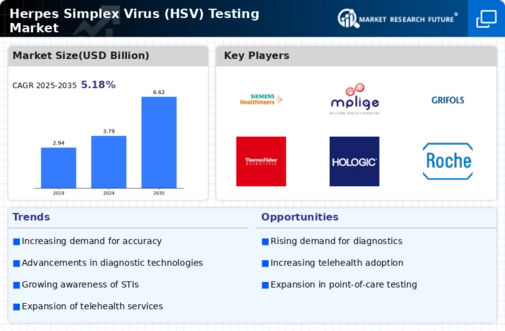
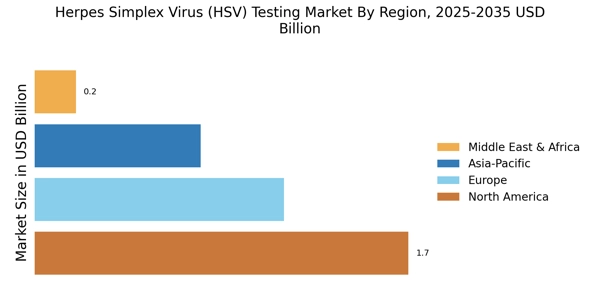
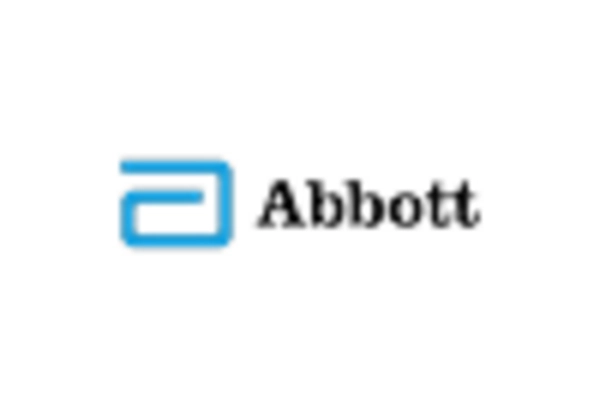
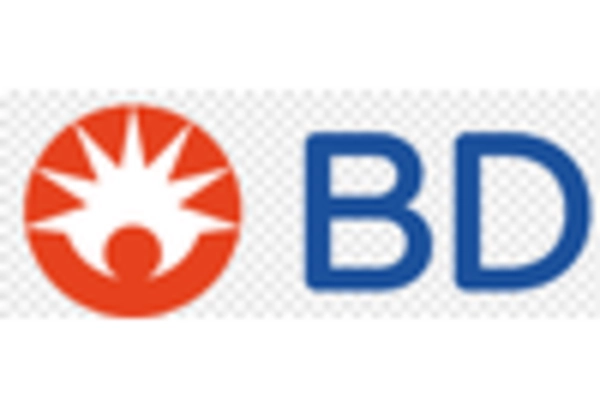
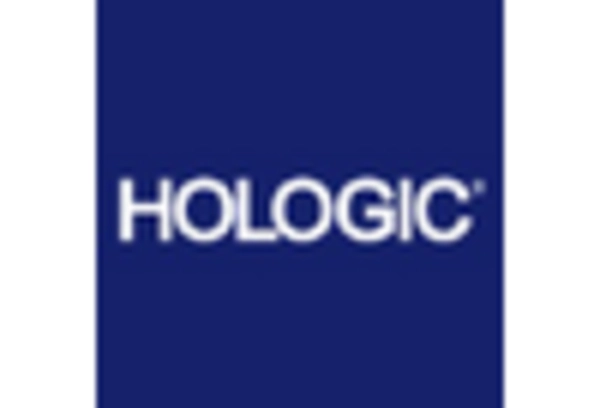
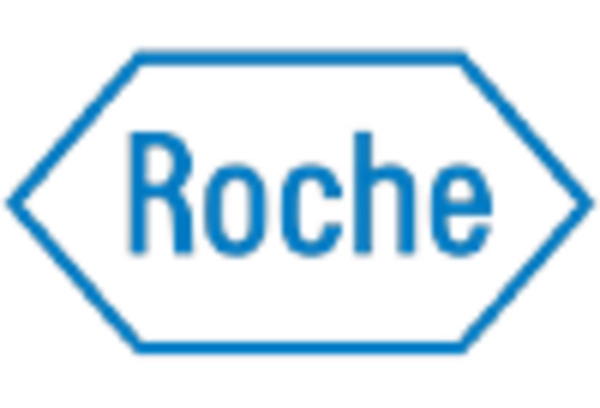
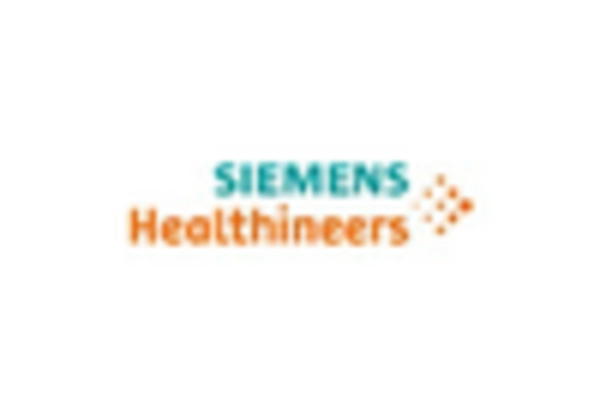
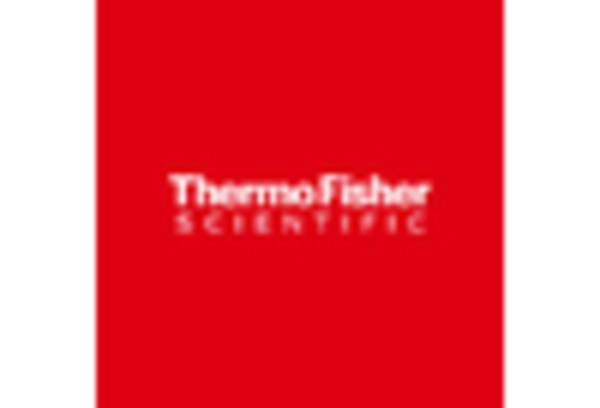








Leave a Comment